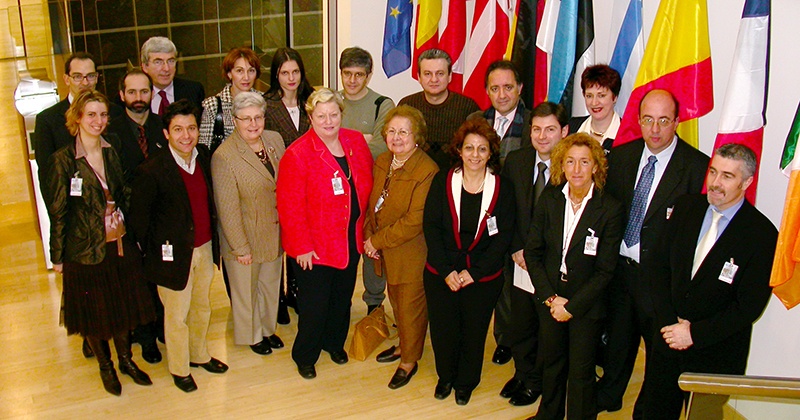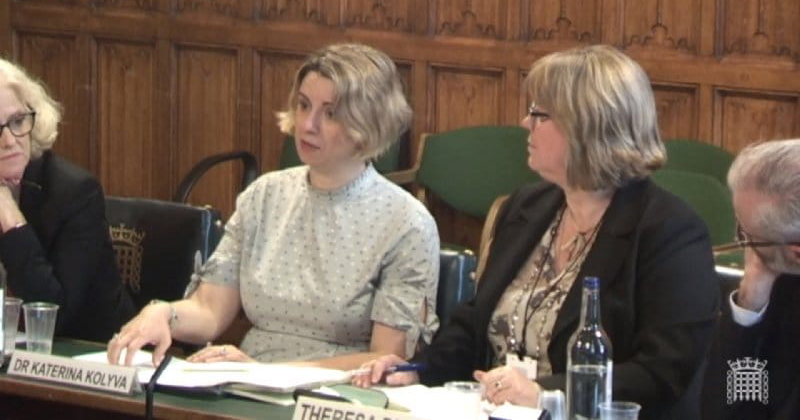Five of the 33 health and science level 3 courses set to be axed in 2024 to pave way for T Levels – including the popular BTEC health and social care diploma – have been given a temporary reprieve.
The Department for Education has today updated the “final” list of level 3 qualifications that overlap with the first ten T Levels and face being defunded next year.
It was originally published in October but excluded courses that overlap with the health and science route amid a review of the T Level’s content, which was launched after Ofqual found last year’s exams were not fit for purpose and led to results for over 1,000 students being regraded.
The DfE’s provisional list of level 3 courses facing the chop from 2024 included 33 health and science qualifications, but today’s update has reduced this to 28.
Those that appear to be saved include City & Guilds’ diploma in adult care, NOCN’s diploma in adult care, Pearson’s BTEC national diploma in health and social care, TQUK’s diploma in healthcare support, and TQUK’s diploma in adult care.
Colleges would be particularly pleased with the continuation of Pearson’s BTEC national diploma in health and social care, which has thousands of enrolments every year and is “enormously popular and well respected by universities and employers”, according to leaders.
However, the qualifications are still expected to be defunded from 2025.
This is because in January the DfE launched the next phase of its level 3 review, which involves a new strict approvals process that all “alternative” technical and academic applied general qualifications must pass to retain their funding.
Guidance states that ministers have made the “conscious choice” to exclude “certain” academic qualifications from this process, either because the subject is “more suited to a technical qualification or because there is an associated A level”.
The only sector subject areas they will continue to fund large alternative academic qualifications include performing arts, sport leisure and creation, and crafts, creative arts and design. All large alternative academic qualifications in other subjects will not be eligible for funding from 2025.
James Kewin, deputy chief executive of the Sixth Form Colleges Association, said the publication of today’s list “highlights the absurdity” of the government’s defunding process.
He told FE Week: “On the face of it, five qualifications have been saved from the scrapheap. But while DfE was busy reviewing health and science courses, ministers decided that these courses will not be eligible for reapproval. For example, the popular BTEC diploma in health and social care won a reprieve today but will not be funded beyond 2025 in line with the DfE guidance published in January.
“This is a deeply flawed policy that is being implemented in a confused and convoluted way.”
The most popular course set to be lost from 2024 is NCFE’s CACHE technical level 3 certificate in health and social care, which had 4,010 enrolments in 2020/21.
All 28 health and science qualifications to be defunded next year had a total of 11,930 enrolments in 2020/21.
Skills, apprenticeships and HE minister Robert Halfon said: “The removal of funding from these qualifications follows rigorous assessment by independent assessors and an opportunity for awarding organisations to appeal their decisions.
“T Levels are rigorous qualifications that provide a great progression route into a range of occupations in the health and science sector. They are based on the same standards as apprenticeships and have their content set by employers.”
He added that students who take a health and science T Level are “well placed to progress into careers in the sector, including as health professionals, technicians and researchers”.
In total there are now 134 level 3 courses that will be axed from 2024 because they “overlap” with the first 10 T Levels, which between them had 39,570 enrolments in 2020/21.
More qualifications will be reviewed and defunded in future years as more T Levels roll out. A provisional list of qualifications that overlap with wave three and four T Levels will be released in spring 2023 and awarding organisations will be given the opportunity to appeal.




